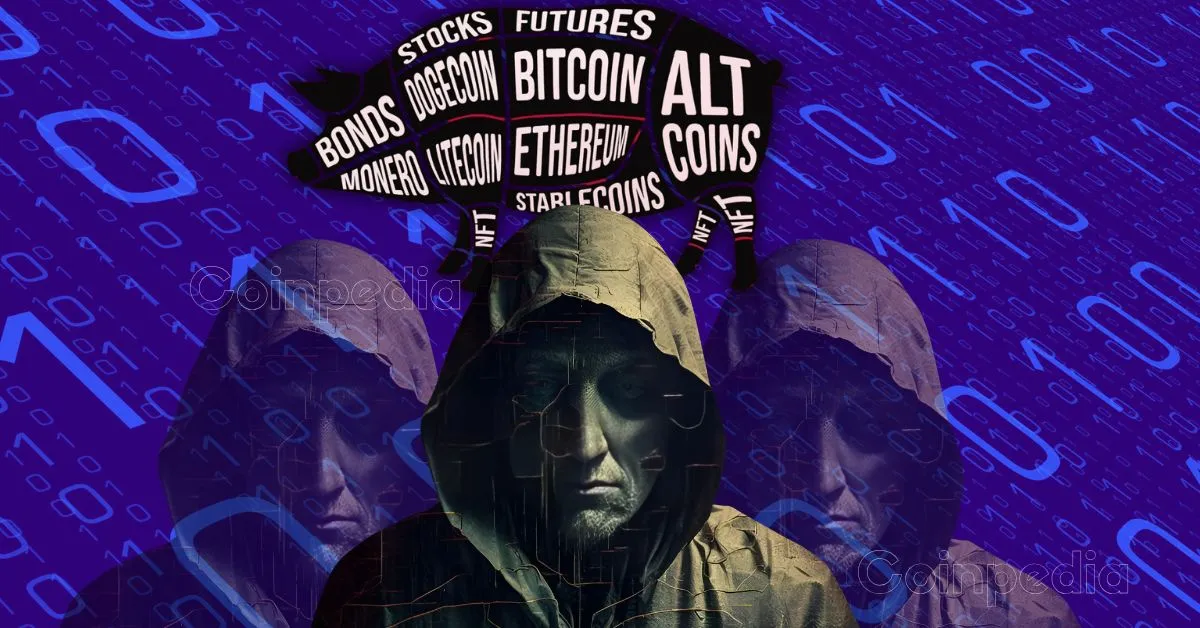The first half of 2025 has witnessed an alarming surge in cryptocurrency-related cybercrime, with losses exceeding $2.2 billion according to multiple blockchain security reports. This figure not only surpasses the total losses recorded throughout 2024 but also represents one of the most severe periods in the history of cryptocurrency security. The escalating frequency and sophistication of these attacks underscore critical vulnerabilities within the crypto ecosystem, necessitating urgent attention and enhanced security measures.
Unprecedented Scale of Losses in H1 2025
The first six months of 2025 have seen cybercriminals steal an estimated $2.1 to $2.5 billion from the cryptocurrency market, as reported by leading blockchain security firms such as CertiK, TRM Labs, and Hacken. This staggering figure eclipses the total losses recorded in 2024, which amounted to approximately $2.2 billion, and marks a 10% increase compared to the previous high for the first half of a year, set in 2022.
The surge in losses can be attributed to a relatively small number of high-impact attacks. TRM Labs documented 75 discrete exploits, while CertiK’s dataset revealed 344 on-chain incidents, and Hacken noted over 290 cumulative thefts involving various attack vectors. The average hack in 2025 now accounts for nearly $30 million, double the average from the preceding year. These figures highlight a disturbing trend where highly sophisticated and large-scale breaches are becoming increasingly frequent.
Key Drivers Behind the Spike in Crypto Theft
One of the primary factors contributing to the elevated loss numbers is the occurrence of a few massive incidents. The most notable of these was the February 2025 hack of Bybit, a major Dubai-based cryptocurrency exchange. This single breach alone resulted in the theft of approximately $1.5 billion, representing about 70% of all cryptocurrency thefts during the first half of the year. The Bybit hack not only inflated the overall statistics but also exposed critical weaknesses in exchange security infrastructure.
In addition to large-scale incidents, infrastructure vulnerabilities play a significant role in the rise of crypto theft. Access control flaws, where attackers gain unauthorized access to private keys and platforms, accounted for around $1.63 billion in lost funds during the first quarter. Compromised wallets and phishing scams continue to rank as major attack vectors, illustrating that human error and poor key management remain significant threats.
The Growing Role of State-Backed Actors
An alarming trend in the first half of 2025 is the involvement of state-sponsored hacking groups, particularly those believed to be linked with North Korea. According to TRM Labs, these groups are responsible for approximately 70% of the total cryptocurrency thefts this year. Their attacks have grown in organization and scale, often targeting infrastructure and major exchanges with sophisticated techniques. This militarization of cybercrime adds a geopolitical layer of complexity to crypto security, forcing the sector to reckon with attackers who have vast resources and advanced capabilities.
Techniques and Trends in Crypto Hacks
Several methodologies have dominated the H1 2025 landscape:
– Infrastructure Attacks: These target backend systems and smart contracts that underpin exchanges and decentralized finance (DeFi) platforms. Such attacks can lead to front-end exploits, draining vast amounts of digital assets.
– Private Key Compromise: Losses due to unauthorized access to private keys have surged, often through social engineering, phishing, or malware.
– Phishing Scams: Despite increased awareness, these continue to deceive retail and institutional investors, resulting in initial access points for many breaches.
– Exploits in Smart Contracts: Bugs and vulnerabilities in smart contracts still generate significant exploitable opportunities, although their frequency is overshadowed by infrastructure attacks.
These evolving tactics underscore the necessity for multi-layered security protocols that combine technical safeguards, user education, and rapid incident response to minimize damage.
Impact on Crypto Ecosystem and Investor Confidence
The ramifications of these massive hacks extend beyond simple monetary loss. For the cryptocurrency industry, frequent and high-value breaches erode investor trust and stall broader adoption. Major exchanges and platforms face increased regulatory scrutiny as authorities seek to impose stricter compliance and cybersecurity standards.
From an investor perspective, the rise in loss incidents reinforces concerns around the safety of digital assets, which could prompt a shift towards more centralized or insured vehicles, delaying the decentralization ideals that initially drove crypto adoption.
Toward Robust Security Practices and Industry Response
The magnitude and pattern of 2025 hacks have galvanized calls within the crypto community for stronger safeguards:
– Enhanced Exchange Security: Employing advanced cryptographic protections, multi-signature wallets, and routine third-party audits.
– Wallet Security Improvements: Moving towards hardware wallet adoption and decentralized identity frameworks to reduce key compromise risks.
– Collaborative Intelligence Sharing: Industry-wide cooperation and blockchain analytics to track malicious actors quickly.
– Regulatory Frameworks: Governments and standard bodies are increasingly involved in defining cybersecurity protocols for crypto platforms.
– User Education: Empowering users against phishing and social engineering is as vital as technological defenses.
Conclusion: A Crucial Inflection Point for Crypto Security
The first half of 2025 stands as a cautionary benchmark, demonstrating how rapidly the cryptocurrency sector can be rocked by orchestrated cybercrime. The sheer scale of asset losses, the sophistication of attackers—including state-backed operatives—and the persistence of foundational vulnerabilities expose a sector still in its maturing phase.
For cryptocurrency to fulfill its transformative potential, stakeholders must urgently prioritize security architecture improvements, foster robust regulatory cooperation, and cultivate an ecosystem prepared to anticipate and mitigate emerging threats. Otherwise, the growing shadow of cybercrime will continue to haunt the promise of decentralized finance, undercutting confidence and innovation alike.





